Couplings are mainly divided into two categories: rigid couplings (without compensating capacity) and flexible couplings (with compensating capacity). Among them, the flexible coupling is divided into no elastic element and elastic element.
Rigid Coupling Characteristics
Rigid coupling has flange type coupling, sleeve type coupling, jacket type coupling and so on.
Features:
(1) no ability to compensate for relative displacement, the two shafts require high neutralization;
(2) simple construction, low cost, can transmit a large torque.
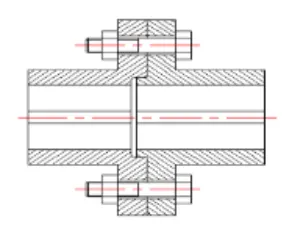
Flexible Coupling Features
1. No elastic element of the flexible coupling
(1) Oldham Coupling (cross slide coupling)
| Features: a certain degree of compensation, because there is no elastic element, it can not buffer vibration damping. In the case of relative displacement between the two shafts at high speed, the intermediate disk will produce a large centrifugal force. Therefore, this coupling is usually used for low speed occasions with n<250r/min. | 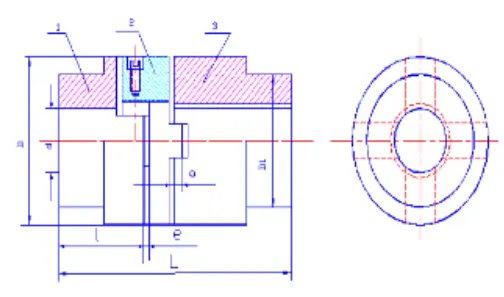 |
2) Slider coupling
| Characteristics: It has certain compensation ability, because there is no elastic element, so it can’t buffer vibration damping. When working at high speed with relative displacement between two shafts, the intermediate disk will generate a large centrifugal force. Therefore, the coupling is usually used for low-speed occasions with n<250r/min. | 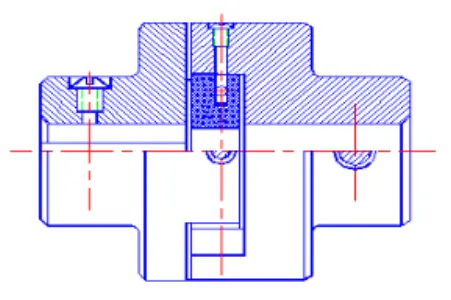 |
(3) Cross-shaft type single universal coupling
| Characteristics: a large angle between the two shafts is allowed, but the angle is too large, the transmission efficiency will be significantly reduced, and the movement of the slave shaft is not constant, thus generating additional dynamic loads in the transmission. Applicable to the two shaft angle is large, the rotational speed is not high occasions. | 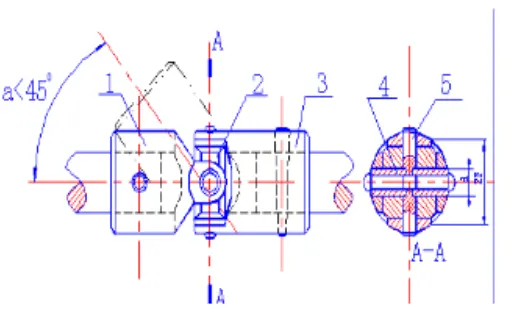 |
(4) Cross shaft type double universal coupling
| Characteristics: Due to the use of an intermediate shaft, and the input and output angles are equal, so the movement of the slave shaft and the movement of the input shaft are the same. It is suitable for the occasions where the angle between the two shafts is large. Such as automobiles, multi-head rotary machines and other machines. | 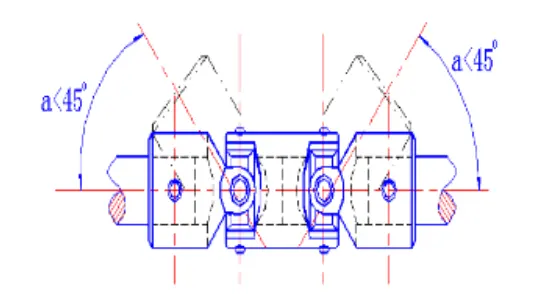 |
(5) Gear coupling
| Characteristics: transmitting torque, allowing a large offset, installation accuracy requirements are not high; but the quality of larger, higher cost, widely used in heavy machinery. | 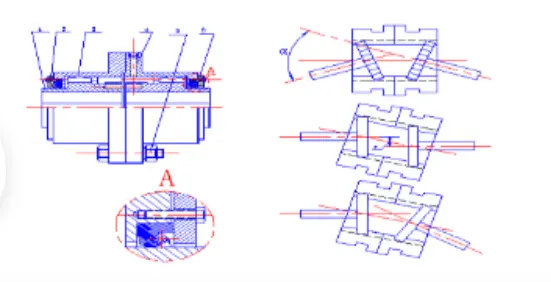 |
(6) Chain coupling
Characteristics: simple structure, compact size, small quality, easy to install and disassemble, easy maintenance, inexpensive and has a certain degree of compensation and buffer performance, but because of the chain sleeve and its phase fittings between the gap, so it is not suitable for reverse transmission, start frequent or vertical axis transmission, due to the centrifugal force is not suitable for high-speed transmission.
2. Flexible coupling with elastic element
(1) flexible sleeve pin coupling
| Features: easy to manufacture, easy to install and dismantle, inexpensive and has a certain ability to compensate for the ability and buffer vibration damping. But the elastic sleeve is easy to wear, short life. It is suitable for coupling shafts with smooth loads, requiring forward and reverse rotation or frequent starting, and transmitting small and medium torque. | 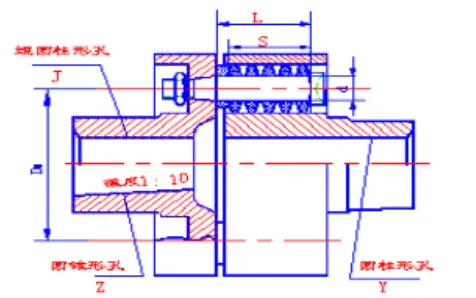 |
(2) Elastic pin coupling
| Characteristics: Very similar to the elastic pin coupling, but with greater torque transmitting capacity and simpler structure. Since the nylon pin is sensitive to temperature, the operating temperature is limited to the range of -20~+70℃. | 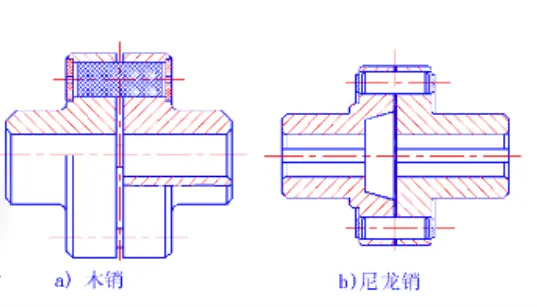 |
(3) Jaw Coupling
Characteristics: plum blossom-shaped elastic parts in the two halves of the coupling between the intermediate coupling role, with buffer vibration damping, compensation for the ability to offset. The operating temperature range is -35~+80℃, the short time working temperature can reach 100℃, the nominal torque range is 16~2500Nm.
(4) Tire coupling
| Characteristics: elastic, with good buffer vibration damping and compensation for the ability to offset. And good insulation, no noise during operation. However, the radial size is large, when the torque is large, it will generate additional axial load due to excessive torsional deformation. | 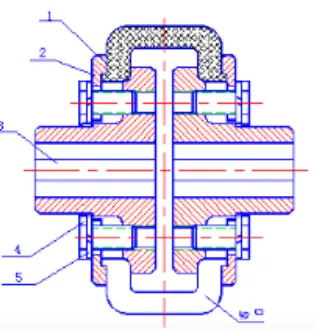 |
